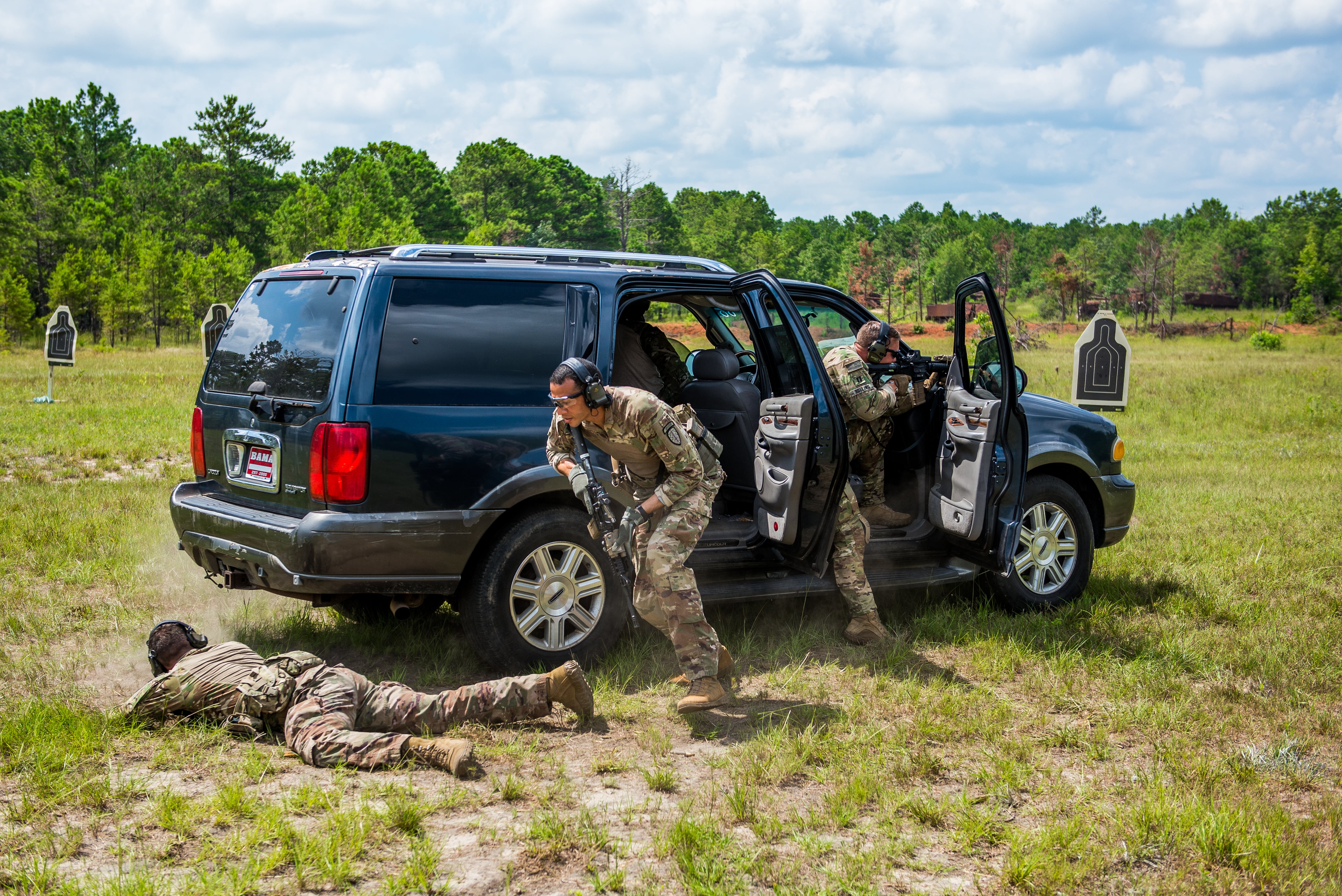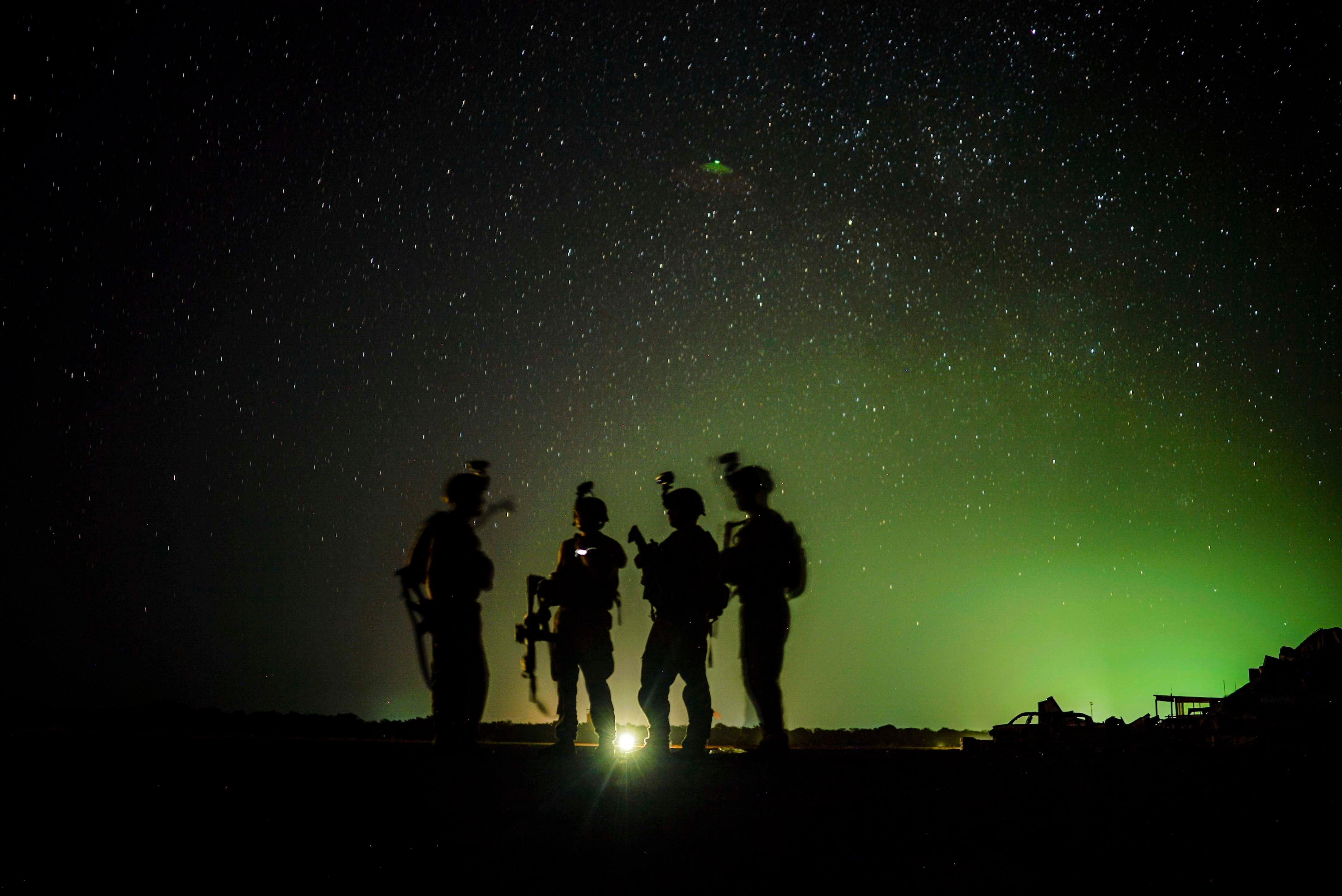The Army chief of staff and the service’s Pacific-based regional commander hope to complete the remaining Pacific Pathways exercises they have scheduled for the year. The training missions were halted amid the coronavirus pandemic, the two generals said May 20.
About a week later, the Army’s 5th Security Force Assistance Brigade out of Joint Base Lewis McChord, Washington, also activated and announced that it will begin a series of six-month deployments to the Indo-Pacific region following a certification event in November.
“With today’s activation of 5th SFAB, the Army can make good on its promise to align each SFAB with a Geographic Combatant Command — and 5th SFAB will align with United States Indo-Pacific Command,” said Army Forces Command leader Gen. Michael Garrett during a ceremony Wednesday.
Officials said in a release that the 5th SFAB has hired 90 percent of its required troops. The brigade was also the last of the Army’s six planned SFABs to activate. The milestone comes as the Army tries to not just restart its Pacific Pathways series of exercises, but also expand them.
“Our intent is to get back with these exercises as soon as the conditions allow,” said Army Chief of Staff Gen. James McConville during a virtual Indo-Pacific land power conference that included representatives from 20 armies in the region.
RELATED

Army Secretary Ryan McCarthy said earlier this year that he wants to send U.S. troops to Asia for two to three months longer than past Pacific Pathways rotations and have the exercises involve more countries.
The last U.S. soldiers from 25th Infantry Division to participate in Pacific Pathways departed Thailand in April, several weeks earlier than planned, to get ahead of the growing coronavirus pandemic in the region, unit officials said at the time.
“Things will normalize,” said Army Pacific commander Gen. Paul LaCamera during the land power conference last week. “We will either return to a normal or adapt to a new normal, but either way we will figure it out as a team of allies and partners.”
The Pacific Pathways iteration that returned a few weeks early was the first of the year. The second iteration start date was intended to coincide with Exercise Balikatan 2020 in the Philippines on May 4. However, that was cancelled in late March by U.S. Indo-Pacific Command.
An exact date for the 5th SFAB’s Pacific mission hasn’t yet been released. However, the brigade will hold a culminating training event at the Joint Readiness Training Center on Fort Polk, Louisiana, in November.
RELATED

While there, they will be joined by the 2nd Infantry Division’s 1st Brigade to simulate advising “a highly-capable and well-trained partner in a conventional fight against a peer adversary,” a 5th SFAB press release reads.
That JRTC rotation will serve as the unit’s certification event. Afterwards, 5th SFAB advisers will begin a series of six-month deployments into INDOPACOM area of responsibility and will plan to always maintain a third of its adviser teams there, the release added.
While the use of SFABs to train foreign militaries appears to overlap some with Army Special Forces’ foreign internal defense mission, Gen. McConville has said previously that the focus areas are different.
“Special Forces is very good at training tactical-type units; They’re very good at accompanying tactical-type units," McConville said during a Washington, D.C. roundtable with reporters in February. “But SFABs build a professional military force, which is different. How do you do logistics. How do you maintain vehicles. How do you build a professional military that will provide security.”
Kyle Rempfer was an editor and reporter who has covered combat operations, criminal cases, foreign military assistance and training accidents. Before entering journalism, Kyle served in U.S. Air Force Special Tactics and deployed in 2014 to Paktika Province, Afghanistan, and Baghdad, Iraq.
